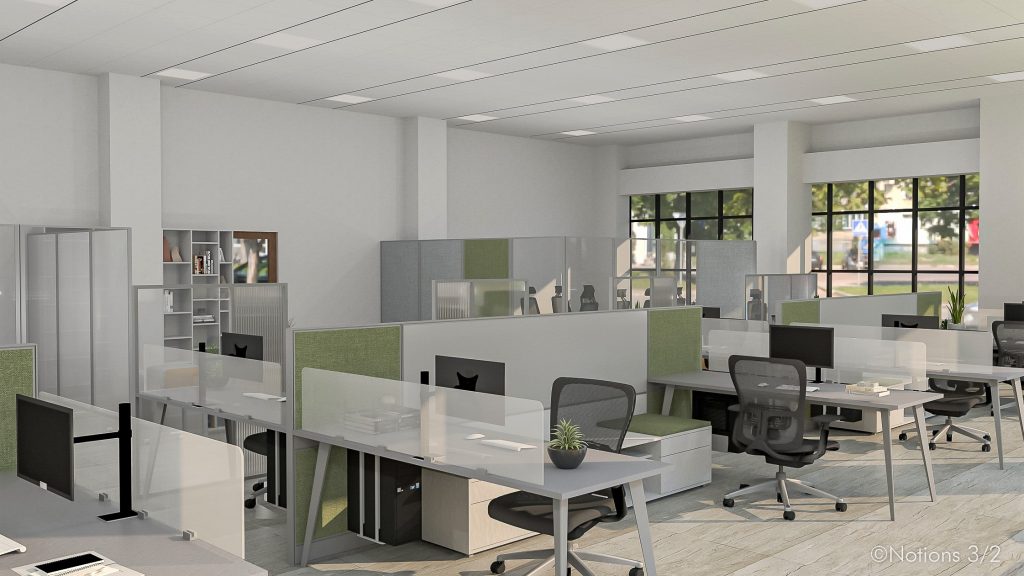On March 27, 2023, the Indian National Space Promotion and Authorization Centre (IN-SPACe) – the Indian Department of Space’ new space sector regulation and promotion agency – has taken one step ahead with its space sector promotion responsibilities by establishing a state-of-the-art Space Systems Design Laboratory at its Headquarters in Bopal, Ahmedabad.
By establishing the Space Systems Design Lab, IN-SPACe aims to provide pre-fabrication and pre-machining – space-environment simulation and design – support to private sector entities, including startups. The facilities in the lab include single-physics and multi-physics modelling and simulating chemical phenomena, heat transfer, acoustic modelling, acoustics, electromagnetic, and structural mechanics for sensors, optical systems, deployment systems and actuators. The Lab has optical system design software for designing lenses, mirrors, laser optics, optical payloads, and sensors for imaging satellites. The thermal system simulation, analysis and systems modelling facility help measure the thermal properties of electronics, subsystems, systems, whole satellites, and spacecraft. The Lab also provides space mission design, analyses and planning capacities vital for determining the orbital paths and manoeuvres for satellites, selecting orbital paths, choosing data up- and down-link, space situational awareness, collision avoidance, and space weather monitoring.
This computer simulation and design facility would be of great help, especially to startups and MSMEs, who want to determine the nature of their technology product, especially simulating its existence in space environments. Such studies and analyses will help them develop validated product prototypes, saving time and resources that would have been lost in constructing one or more faulty prototypes.
The Space Systems Design Lab will benefit private sector entities constructing antennae and RADAR systems for ground stations. Those involved in launch vehicle construction could use it for studying avionics and kinematics – the physics of moving bodies. Private entities in the business of building satellites could use the facility to evaluate the product’s thermal, structural and mechanical characteristics. Those building payloads could use it for assessing the instrument’s optical, microwave and radiofrequency properties. At the same time, those involved in executing space missions could avail the Lab’s mission design and analyses competencies.
All these years, when ISRO was the designer, constructor and operator of satellites, launch vehicles and payloads, the facilities now offered by IN-SPACe were mainly in-house. Even the vendors of ISRO would get their systems design necessities fulfilled through ISRO’s in-house competencies. But now, with IN-SPACe mandated to promote private sector participation, these facilities, which could be expensive for any startup or MSME, are being provided based on requisitions.





